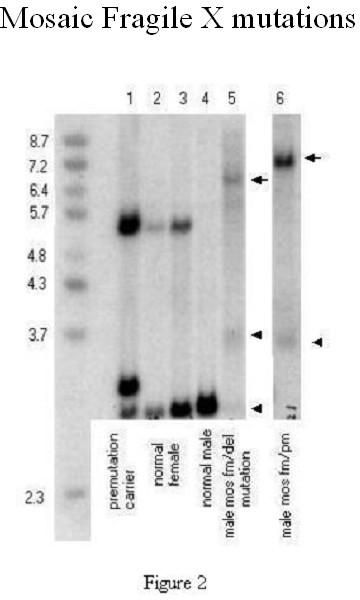

(2009) identified a heterozygous mutation in the KLHL7 gene (S150N 611119.0001) that segregated completely with disease in the 24 family members that were examined. In a large 6-generation Scandinavian family with a slow-progressing retinopathy mapping to chromosome 7p15 (RP42 612943) (family 72 previously studied by Andreasson, 1991), Friedman et al. The size of punctae increased following proteasome inhibition. KLHL7 was monoubiquitinated and colocalized in cytoplasmic punctae with lys48-linked polyubiquitinated proteins. Mutation analysis of KLHL7 showed that the BTB domain was necessary for homodimerization, that the BACK domain increased homodimerization efficiency, and that the BTB and BACK domains of KLHL7 mediated interaction with CU元. (2011) showed that KLHL7 interacted with CU元 and ROC1 (RBX1 603814). (2006) concluded that KLHL7 antibodies are associated with various cancers and in some patients also with neurologic disease.īy immunoprecipitation analysis of HeLa cells and HCT116 human colon carcinoma cells expressing epitope-tagged proteins, Kigoshi et al. (2006) detected KLHL7 antibodies in 1 of the 3 initial paraneoplastic encephalomyelitis patients, 12 of 254 patients with various cancers, 2 of 170 blood donors, and 7 of 151 patient sera samples sent for detection of paraneoplastic antibodies. Using immunoprecipitation of patient sera, Bredholt et al. Higher expression in CNS tissues during the embryonic period suggests an important role in development. In mice, expression of Klhl7 can be seen at embryonic day 14.5 in neural retina, brain and spinal cord, particularly in cervical ganglion, facial ganglion, and trigeminal and glossopharyngeal ganglions. (2019) noted that human KLHL7 is ubiquitously expressed with high levels in heart muscle, central nervous system (CNS), and endocrine tissues. Immunohistochemical studies of various cancer cells and cell lines detected KLHL7 protein in HeLa and Hep2 cell nuclei. KLHL7 protein was not detected in tissues other than brain. Immunohistochemical studies of human brain tissues localized KLHL7 to the nuclei of neurons, including pyramidal cells of the hippocampus and cerebral cortex, cerebellar Purkinje cells, posterior root ganglion cells, and spinal cord anterior horn cells. Dot-blot analysis detected KLHL7 mRNA in all human tissues and cancer cell lines tested, with highest expression in adult and fetal heart, adult and fetal nervous system, and adult testis. Northern blot analysis detected a 3-kb transcript in rat cerebellum, rat brain, and mixed human tissue RNAs. The rat Klhl7 protein shares 97.8% and 99.4% sequence identity with the human and mouse orthologs, respectively. The deduced 586-amino acid KLHL7 protein contains a predicted N-terminal BTB domain, a BACK domain, and a C-terminal region containing Kelch repeats, and at least 1 potential monopartite nuclear localization signal. (2006) cloned rat Klhl7 and obtained the human KLHL7 cDNA sequence. By immunoscreening a rat cerebellum cDNA expression library with anti-Hu-positive sera from 3 patients with paraneoplastic encephalomyelitis (PEM), Bredholt et al.


 0 kommentar(er)
0 kommentar(er)
